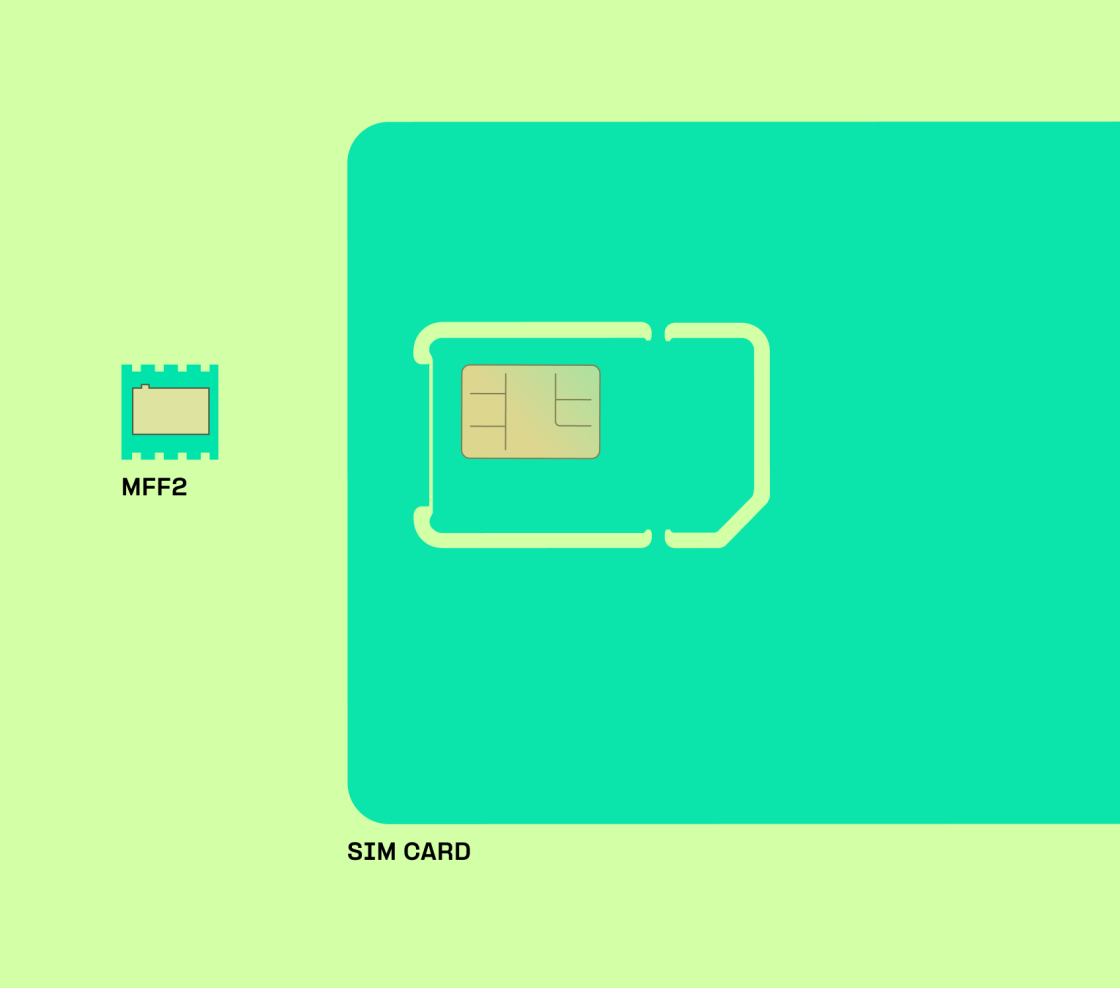Web Ssh Access Iot Devices Free Importance of IoT Security Overview
The fast expansion of the Internet of Things (IoT) has made it very important to ascertain standardized connectivity protocols to permit gadgets to communicate seamlessly. Various standards and protocols have emerged, and so they cater to completely different necessities, similar to power consumption, information rate, vary, and complexity. Each protocol presents distinct advantages and disadvantages, making it essential for developers and corporations to judge their particular needs when choosing one.
One outstanding standard in the IoT landscape is MQTT (Message Queuing Telemetry Transport). MQTT is lightweight and designed for low-bandwidth and high-latency environments. Its publish-subscribe model allows efficient communication between gadgets and is ideal for functions in home automation or remote monitoring. However, its dependency on a central broker can introduce a single level of failure, making resilience a consideration in its implementation.
In distinction, CoAP (Constrained Application Protocol) goals to enable smaller, constrained units to communicate over the online. Utilizing a RESTful structure just like HTTP, CoAP is designed for low-power and lossy networks. This makes it suitable for purposes requiring environment friendly gadget communication in constraints of memory and processing energy, like smart agriculture. While CoAP supports multicast, which allows a single message to reach multiple recipients, it does not inherently manage long-lived connections like MQTT does.
Monitor Iot Devices What Is IoT Device Management?
Zigbee is one other example of a standard frequently employed within the IoT sphere, particularly for home automation. Operating in the 2.4 GHz band, Zigbee creates mesh networks that allow gadgets to communicate while extending their vary by way of different related gadgets. Its low energy consumption is useful for battery-operated devices, but the data fee is significantly decrease than Wi-Fi or different wired technologies, which limits the amount of data that can be transmitted effectively in real time.
LoRaWAN (Long Range Wide Area Network) is especially important for functions requiring long-range communication capabilities. Operating in sub-GHz frequency bands, LoRaWAN can connect units over distances of a number of kilometers while consuming minimal energy. This makes it best for rural applications corresponding to precision agriculture and environmental monitoring. However, it sometimes helps low information rates and is less efficient for time-sensitive purposes where immediate information transmission is crucial.
NB-IoT (Narrowband IoT) is a cellular know-how designed to assist a wide range of IoT connectivity wants. With increased coverage, NB-IoT supplies deep penetration into buildings and underground locations, typically outperforming conventional cellular networks. Its efficiency by means of power consumption and knowledge transmission makes it well-suited for smart metering and different steady-state applications. The downside, nevertheless, is the reliance on cellular infrastructure, which can involve additional costs.
Another noteworthy protocol is Bluetooth Low Energy (BLE). BLE is optimized for short-range communications and low energy utilization, making it ideal for private space networks. It is especially popular in wearables and health monitoring units. However, the restricted vary can pose challenges for applications requiring long-distance connectivity, making it less fitted to industrial IoT applications like smart cities.
Best Remote Internet Access Iot Devices What Is IoT? Glossary Terms

When contemplating the operational environment, completely different protocols strategize their connectivity. For instance, Sigfox is designed for excessive energy effectivity, employing a unique technology that prioritizes low information rates over extensive protection. This works nicely for devices needing to transmit small quantities of data infrequently, such as monitoring gadgets. However, the trade-off comes within the type of restricted information price and probably higher latency.
Another important side of IoT connectivity standards and protocols comparability is security. Many protocols implement varying degrees of safety measures. For instance, protocols like TLS (Transport Layer Security) may be leveraged with MQTT to reinforce knowledge integrity and confidentiality. In contrast, other protocols may have built-in security features, whereas some require extra layers to make sure secure communication.
Access Control Iot Devices Guide to IoT for Marketers

Interoperability also performs an important position in protocol selection. As IoT gadgets proliferate throughout various industries, guaranteeing units can communicate no matter their manufacturers can mitigate future compatibility points. Protocols that adhere to established standards tend to provide higher interoperability, thus easing integration efforts across different find out this here platforms.
The panorama of IoT connectivity is evolving, reflecting the diverse wants of industries ranging from healthcare to manufacturing. As extra units turn into interconnected, the demand for environment friendly, secure, and reliable communication continues to develop. Each protocol carries its unique set of traits; thus, businesses should conduct thorough evaluations of their use cases to make sure optimal performance whereas considering future scalability and flexibility.
Iot Devices Internet of Things Definition Overview
In conclusion, whereas there is no one-size-fits-all resolution relating to IoT connectivity standards and protocols, understanding the comparisons can information developers and firms in making educated decisions. Factors like operational requirements, safety considerations, and potential use instances come into play when evaluating which protocol fits best. The realm of IoT is growing and evolving, making it important for trade players to stay knowledgeable on the latest developments and emerging standards to take care of aggressive advantages and meet more and more advanced demands.
- Various IoT connectivity standards embrace Wi-Fi, Bluetooth, Zigbee, and LoRaWAN, every tailor-made for particular use cases and operational needs.
- Wi-Fi is understood for its excessive data transfer rates, making it best for functions requiring substantial bandwidth, such as video streaming, however it consumes more energy in comparability with other protocols.
- Bluetooth Low Energy (BLE) is favored for short-range sensor applications because of its minimal energy consumption, permitting gadgets to run for prolonged periods on a small battery.
- Zigbee operates on low power and supports mesh networking, enabling units to speak over distances higher than conventional point-to-point systems, which can enhance network coverage.
- LoRaWAN excels in long-range communications and allows low-power, wide-area network (LPWAN) capabilities, making it appropriate for distant IoT functions like agriculture and concrete infrastructure monitoring.
- Cellular connectivity standards, corresponding to 4G LTE and 5G, present intensive community protection and high-speed information switch however may incur greater operational costs and require more substantial power assets.
- MQTT and CoAP are lightweight software layer protocols extensively used for IoT communications, where MQTT is more suitable for device-to-cloud interactions, while CoAP is optimized for constrained units and networks.
- Security varies significantly across IoT protocols, with some like HTTPS providing robust encryption, whereas others could depend on less complicated strategies, probably exposing units to vulnerabilities.
- Scalability is a crucial factor; while protocols corresponding to LoRaWAN assist a massive quantity of units, others like Bluetooth might face limitations in device capacity relying on the community architecture.
- Determining the best connectivity standard involves balancing elements corresponding to vary, energy efficiency, data needs, and safety necessities tailor-made to specific IoT deployment scenarios.undefinedWhat are the most common IoT connectivity standards?
The most typical IoT connectivity standards embrace Wi-Fi, Bluetooth, Zigbee, LoRaWAN, NB-IoT, and 5G. Each standard has unique features and use circumstances, catering to varied software requirements when it comes to range, energy consumption, and knowledge rates.
How do I select the proper IoT protocol for my application?
Remote Ssh Into Iot Devices What Is IoT Device Management?
Selecting the best IoT protocol is determined by factors such because the range, data throughput, energy consumption, and the environment in which gadgets will operate. Assessing these standards towards your application's particular needs will information your decision.
What is the distinction between short-range and long-range IoT protocols?
Short-range protocols, like Wi-Fi and Bluetooth, are excellent for localized purposes needing excessive knowledge charges but restricted range. Long-range protocols, corresponding to LoRaWAN and NB-IoT, excel in low-power, wide-area use instances, prioritizing battery effectivity over velocity (Best Remotely Access Iot Devices Web).
Are Iot Devices Remotely Controllable What Is IoT? Glossary Terms
Can multiple IoT protocols be used in the same network?
Yes, multiple IoT protocols can coexist in the same network, enabling units with various connectivity wants to speak. However, cautious community design is required to manage knowledge circulate and keep away from interference.
What function does safety play in IoT connectivity standards?

Security is critical in IoT connectivity standards because of potential vulnerabilities in knowledge transmission. Choosing protocols with built-in encryption and strong authentication mechanisms can help safeguard sensitive information.
Are Iot Devices Remotely Controllable 7 Best IoT Devices Daily Life
How do these standards have an result on the scalability of IoT systems?
Different IoT standards have varying capacities for managing gadget load, which immediately impacts scalability. Example Of Iot Devices. Standards designed for prime system counts, like MQTT over TCP/IP, her explanation are important for scaling up IoT deployments effectively.
How Iot Devices Are Managed? Key IoT Applications Overview
What is the significance of interoperability in IoT protocols?
Interoperability ensures that gadgets from totally different producers can communicate seamlessly. This is crucial for large-scale IoT deployments, because it enables numerous gadgets to work together, enhancing general system performance.
Are there any rising tendencies in IoT connectivity standards?
Are Iot Devices Remotely Controllable What Is the Internet of Things?
Emerging trends embrace the adoption of edge computing, which minimizes latency, and the combination of Artificial Intelligence for smarter information processing. Additionally, standards like 5G are gaining traction for their capability to assist a massive number of related units.
How can I keep up to date on IoT connectivity standards and protocols?

Staying knowledgeable entails often consulting trade publications, attending related conferences, and participating in online forums. Following organizations like the Internet Engineering Task Force (IETF) and the International Telecommunication Union (ITU) can also provide valuable insights.